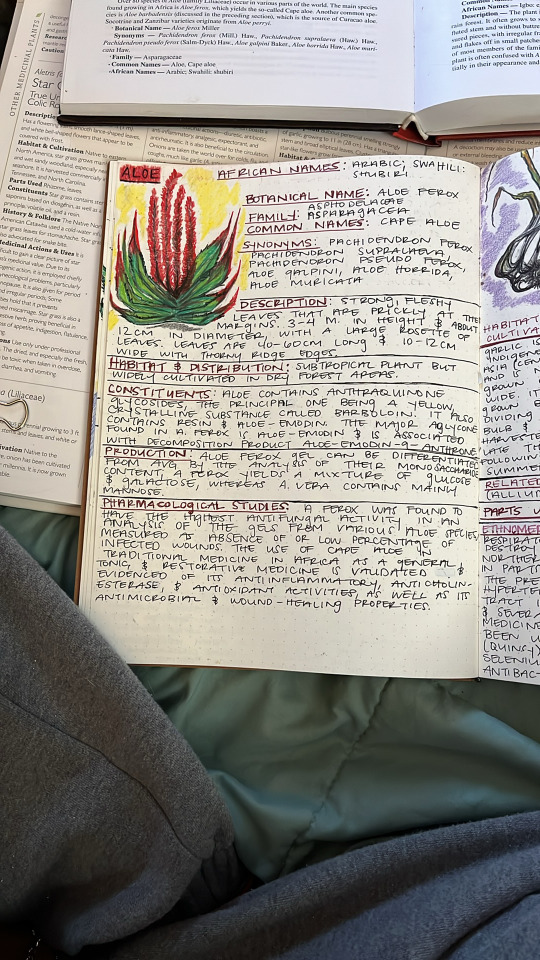#Materia medica
Explore tagged Tumblr posts
Text

I LOVE a well used and well annotated book! Any signs of actual, everyday usage is such a wonderful find in rare books.
This is found in our copy of Bouquet composé des plus belles fleurs chimiques (1629) by David de Planis Campy.
439 notes
·
View notes
Text


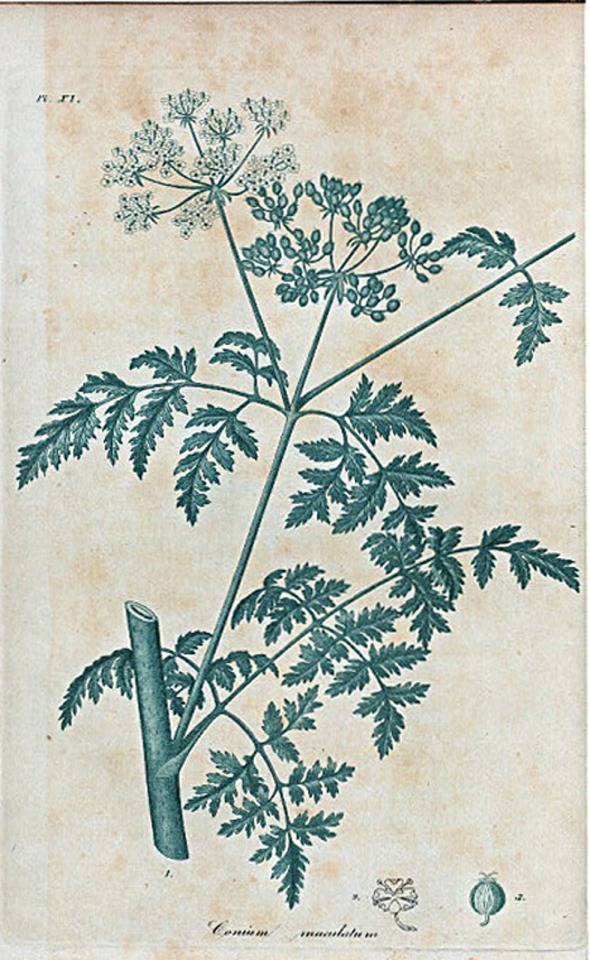

Coloured engravings of the poisonous plants datura, henbane, and hemlock from American Medical Botany: Being a Collection of the Native Medicinal Plants of the United States by Jacob Bigelow, 1817.
Source: New York Public Library
#banefolk#bane folk#poisonous plants#poison path#baneful plants#baneful herbs#henbane#hyoscyamus niger#datura#datura stramonium#hemlock#poison hemlock#conium maculatum#antique books#antiquarian books#pharmacopoeia#materia medica#botany
153 notes
·
View notes
Text



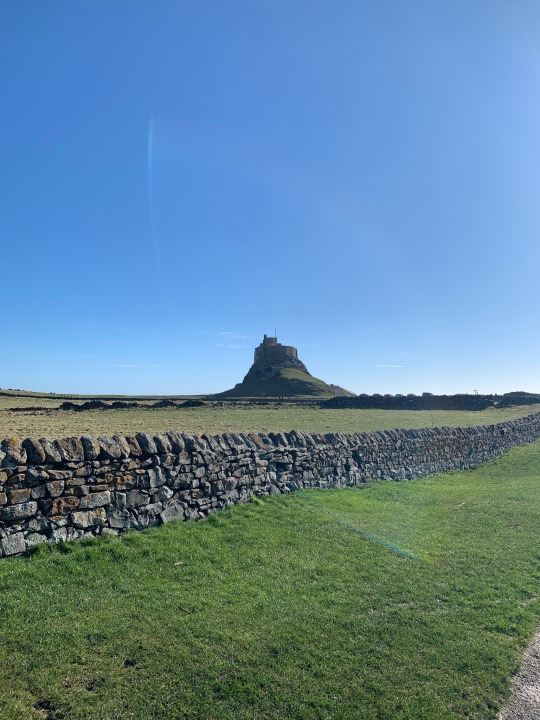
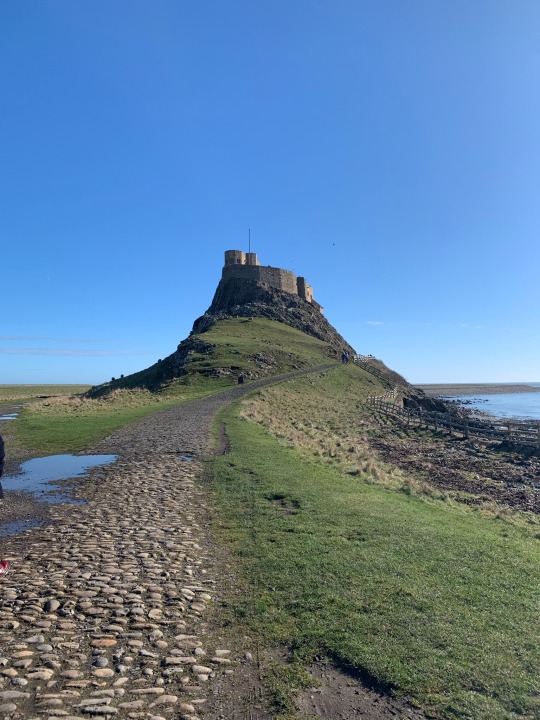

LINDISFARNE (HOLY ISLAND), MARCH 2024.
27 notes
·
View notes
Text

A mad dog bites a man. Miniature (gouache, ink, and gold on paper) from an Arabic translation of Dioscorides' Materia Medica, with calligraphy by Abdallah ibn al-Fadl; written in 1224. Now in the Freer Gallery of Art, Washington, D.C.
#art#art history#illuminated manuscript#manuscript illumination#miniature#illustration#Dioscorides#Materia Medica#Middle Ages#medieval#medieval art#Arabic art#Islamic art#calligraphy#Abdallah ibn al-Fadl#gouache#ink and gold on paper#13th century art#Freer Gallery of Art
258 notes
·
View notes
Text

Horseradish (Armoracia rusticana, Brassicaceae - Mustard Family)
an extended version of this materia media can be found on the Patreon - where I share some gastronomic/culinary commentaries on horseradish
"The root's potent smell can be attributed to allyl isothiocyanate, or Mustard oil, which is released when the plant's skin is broken or disturbed. Similar to other members of the Brassicaceae family, this constituent is also found in Brussels sprouts, Mustard, and Turnips."
"In Greek mythology, the Delphic Oracle told Apollo, 'The Radish is worth its weight in lead, the Beet its weight in silver, the Horseradish its weight in gold.'"
"To a worm in a horseradish, the world is a horseradish” - Yiddish Proverb
Gardening: full sun to part shade; well draining loose or sandy soil; regular water; room to spread and grow deep, often takes over more space than expected; thrives even when neglected; herbaceous perennial
Native Region: Russia & Eastern Ukraine
Season: autumn and winter (hardy to zone 5)
Affinity: sinuses, lungs, digestive system, circulation
Parts: roots and leaves
Medicinal: fire cider/oxymels, cold-water infusion, succus (fresh juice), cough syrup, poultice for sprains/injuries, tincture, culinary measures
"Grated horseradish mixed with honey [or vegan alternative]. After mixing, allow to stand to take off sharp taste. The [sweetener] is only used to make it more palatable. 2/3 horse-radish and 1/3 [sweetener], or to suit the taste. The ordinary radish, especially the black radish, may also be used the same way, or finely sliced and eaten alone as a salad. For consumptives who cough without spitting, give a spoonful every once in a while." - Special "Mucus-Eliminator" Recipe in Arnold Ehret's Mucusless Diet Healing System
^I like to add grated orange peel to help make it more manageable to taste^
Actions: diuretic, stimulant, expectorant, rubefacient, aphrodisiac, digestive, antiseptic (laxative), aperient, anthelmintic, emetic (in high doses)
‼when you cut into horseradish, its pungent smell can irritate the eyes and nasal passages, so it's better to do in a well-ventilated area or outside. It is more potent in its effect than onions. The taste is also very pungent, so you don't need much.
Energetic Uses (eg. flower essence, elemental rituals): FIRE ELEMENT - balance fiery nature, excite inner fire, move you beyond sense of being stuck/helpless, shine a light on blockages, release old patterns or thoughtforms
Indications: hoarse, persistent, dry cough; rheumatism; tuberculosis; kidney stones; parasite infections; cold; congestion
Analogs: wasabi, radish, mustard, brussels sprouts, moringa (Moringa oleifera)
Traditional Uses:
Ancient Greeks & Romans: rub for lower back pain or menstrual cramps, aphrodisiac
Middle Ages: asthma, arthritis, cancer, toothaches
Jewish: bitter herb for Passover seder
Native Americans: toothaches, menstrual cramps
British: accompaniment to beef and oysters, cordials
Scurvy preventative
Treatment for tuberculosis
Restoring color and freshness to skin (cosmetic usage)
Modern Ideas:
"The enzyme horseradish peroxidase (HRP) is a useful
tool for detecting antibodies in the molecular biology field."
"In 2008, researchers reported that they had developed a fire alarm for the deaf and hard of hearing by harnessing the strong smell of horseradish."
"Researchers from Pennsylvania State University announced in 1995 that according to their studies, using horseradish may help purify wastewater and tainted soils."
Sources: a b c d e
#txt#dream garden#herbarium#horseradish#Armoracia rusticana#food centric herbalism#herbalism#gardening#materia medica#sidewalkchemistry
23 notes
·
View notes
Video
n322_w1150 by Biodiversity Heritage Library Via Flickr: A manual of the medical botany of North America New York :William Wood & Company, 56 & 58 Lafayette Place,1884. biodiversitylibrary.org/page/40152407
#Botany#Medical#Materia medica#Vegetable#Medicinal plants#North America#Field Museum of Natural History Library#bhl:page=40152407#dc:identifier=https://biodiversitylibrary.org/page/40152407#aspidium marginale#Dryopteris marginalis#Marginal wood fern Plant#Marginal wood fern#marginal shield fern#fern#flickr#botanical illustration#scientific illustration
2 notes
·
View notes
Text
Materia medica #1: Devil's Darning Needle
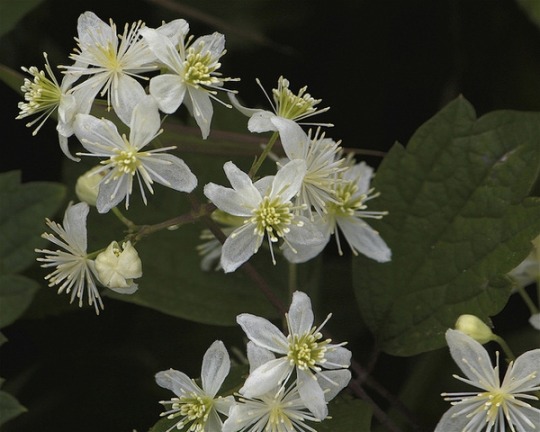
Scientific name: Clematis virginiana; Clematis terniflora
Family: Ranunculaceae
Common name: Devil's darning needle; Old Man's Beard; Virgin's Bower; Woodbine; Traveller's Joy
Description: A vigorous vine bearing flowers with four petals. After flowering in late summer or early fall, the fruit develops into a clump long fluffy strings. Several species can easily be confused, C. virginiana can be identified by having trifoliate leaves. Found near edges: fence rows, stream banks, hedges. When cultivated, may be trained onto trellises, but otherwise will overtake other plants.
Toxicity notes: Poisonous. Do not eat. Sap may cause blisters on skin.
Magical notes: No planetary associations, though one source connects it to Venus/Freyja. UPG: I would call this a saturnine plant due to its choking tendencies, poisonous qualities, and association with the "Old Man."
Folklore notes: A similar Clematis species found in Europe is said to have shaded the Virgin Mary while she traveled, and this lore may have been transferred to the North American species. Others associate it with witchcraft and the devil, though I can't find an explanation for this beyond its habit of smothering other plants. The downy fruit is said to look like a beard, perhaps inspiring the devil connection.
Craft uses: I haven't found anyone else's magical uses, so the following is all UPG. I see binding as the primary use for this plant, especially in baneful workings. For instance, a "stop gossip" spell may include the creation of a poppet that is tied up or the mouth sewn shut using the vine. It may be an asset in workings dealing with the more malevolent side of a love goddess, as it brings together the juxtaposed views of this plant.
[I hope you enjoyed my first materia medica entry. I'm hoping to show not just information on individual plants, but also how you can build your herbal knowledge. If you have any suggestions for what I should add to these entries, let me know!]
Sources
North Carolina Plant Toolbox
Wikipedia
Growsonyou
Virginia Wildflowers
Flowers and Flower Lore
5 notes
·
View notes
Text
Artemisia p. 1 :: Nervine
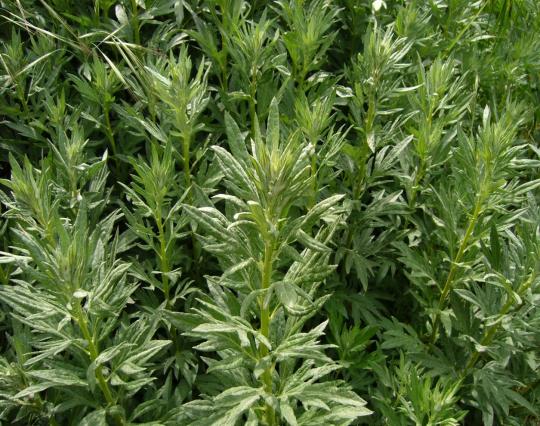
[Photo cred:: Native Here Nursery:: Artemisia Douglasiana]
KEY:
Underlined green text = links
Pink = anagrams [orthographically, phonetically or syntactically]
Bold = emphasis for discussion
Italic = credit
Note: Please read the links as well
Artemisia is a rhizomatous weed belonging to the Asteraceae family (Daisy family). While there are several species of Artemisia, the one I will be highlighting is Mugwort (Artemisia Vulgaris). Most of my experience is with the wild American species Artemisia Douglasiana and Artemisia Suksdorfii. Mugwort thrives in disturbed soils, and does its deepest work in disturbed bodies. Its aggressive rhizomes can overwhelm and kill roots of surrounding plants. I describe the leaves as flame shaped, with a silver back. Its volatile oil content is why Mugwort has a lengthy list of uses throughout the world.
First, I want to give some backstory on the name of Artemisia. Artemisia stems from Greek goddess Artemis. Delve into the article Becoming Classical Artemis: A Glimpse at the Evolution of the Goddess as Traced in Ancient Arcadia as means to gain more understanding about Mugwort’s functionality both physically, and spiritually- thru the characteristics of Goddess Artemis.
Goddess Artemis’s original prehistoric form was that of an animal-shape. She “appeared as a goddess of wild beasts, especially those who live in remote places in wooded mountains,” and also went by the alias ‘Kallisto.’
Below are some notes to further illustrate Artemis’s origins
Kallisto ~ bear-nymph::
teen girls considered ~little bears::
Artemis Orthia ~ bear figurine//Orthia, meaning straight, upright, in proper order [[anagram Orthia::THOR::ROTH::AORTA]]
Artemis @ Kyrena ~ sacred law of pregnant women to offer sacrifice to the Bear before giving BEARth [[birth]]
Protectress of little girls and maidens until the age of marriage; responsible for safe delivery of children
Now, I’m taking you deeper into the bold words from above. To start, it seems in the article that the primary animal goddess Artemis took form in was a bear. This is important because I learned from an #Oracle that the midbrain, our forward most portion of the brain stem, likens itself into the shape of a bear...funny how that works. I consider this key to grasp how and *where* Mugwort behaves when administered to a person. Succinctly, the midbrain has many functions, and is a continuation of the olfactory cortex responsible for memory [[dream]] processing and smell. The midbrain is considered “archipallium” in origin- which is to say phylogenetically the eldest region of the brain’s cerebral cortex. In the same way, Mugwort is called “the oldest of plants” in Charm of the Nine Worts. Mugwort’s classification as a nervine is due to easing anxiety, nervousness, and primal fears held in the midbrain. The source of this stress may exist due to trauma, karma, *generational or otherwise.
To take things further into the nervine properties of Mugwort, lets step into its signature silver-flame leaves. The Force of the metal Silver is alkhemically attributed to the Moon; on the periodic table Silver is #47. Native silver is mostly found in earth’s crust, and alloyed::allied with gold, argentite, and chlorargyrite. Silver is rarely found standalone- it is usually coupled with metals such as Copper (Venus), Gold (Sun), Lead (Saturn), and Zinc. Therefore, I surmise that Mugwort pairs well with other plants that are ruled by Venus (Copper), Sun (Gold), and Saturn (Lead). A Mugwort person may also need to increase the Zinc in their diets in tandem with the herb. I recommend oysters and fish for ZInc, but I will discuss that in another article.
In alchemy, refined Oil of Silver “cleanses the receptor sites deep within the limbic system, lowers accumulated stress hormones long enough for the brain to generate new neural pathways that strengthen positive thinking” when ingested. Kymia Arts.
Mugwort’s “flame” shaped leaves makes known the ‘temperature’ and tastes of Mugwort. Warming, pungent, and bitter. This warmth, according to Sajah Popham, is a rare quality in a nervine plant, as most of them are cooling. In this way, Mugwort is not only associated with the Moon, but also fiery sister Venus. With the heat of Venus, it is no coincidence that Mugwort responds well when burned and smoked. It has been recorded several times as a smokeable herb, and even a Kanabyss replacement. In Traditional Chinese Medicine, practitioners use Mugwort in Moxibustion. The special preparation of a flammable Moxa releases fragrant, medicinal oils. According to TCM, this heat warms up various channels in the body and dispels cold, promotes blood circulation, strenghtens Qi, and more. I also say experiment with taking dried or fresh Mugwort in steam rooms and sauna.
Below is the mental/psychological picture of one who benefits from Mugwort.
Excerpt from Sajah Popham’s Mugwort Materia Medica:
- Dyslexic, difficulty recognizing words but has complex thoughts - Disorders of sleep and imagination - Body seems to be asleep, but mind is awake - When they sleep deep they have vivid dreams
.... - Lies awake in bed for long periods of time, thinking, imagining - Epileptic seizures, sensitivity to light, sleep disorders - Irritation of the nervous system
…
“… Dorothy Hall profiles the Mugwort person as being “highly intelligent with complex thoughts that are difficult to describe, speech disorders and dyslexia, highly elevated senses, sensitivity to light and sound, with great difficulty getting deep sleep. It is suited to people in whom the intuitive, psychic, psychological, creative, and artistic side of the mind is highly developed, but who have trouble with expression, or with the world around them.” These are all qualities that we would associate with an excess of vata, or wind/ tension, to connect this description to our energetic qualities above.
In addition to the higher mental qualities of Mugwort, I consider Her to be a Dream Modulator. She has the ability to lessen or increase frequency of dreams. As a dreamer myself, I noticed deeper sleep and reduced dreaming while taking mugwort. However, the dreams I *did* have- the messages provided me with clarity. In an individual who dreams infrequently, or desires to dream more, Mugwort opens them up to the dream world, and increases their dream intensity.
Dream Modulation Notes:
- Soothes the hyperactive & nightmarish dreamer trapped in the astral; allows them to get real rest
- Increases dream activation in those disconnected from the dream realm - Opens one to wisdom when dreaming - Allows for messages to really get the thru the mesencephalon (aka Midbrain) and heal
#Artemisia#Materia Medica#Ma'ateria Meda#Mugwort#PCOS#Nervine#Alkhemy#SIlver#Bear#Venus#Moon#my words#herbalism
15 notes
·
View notes
Text
Ecstatica Esoterica
There are specifics, overnights, altogethers I do not entangle With. Highs beyond worth, their lows eminent beyond years. Let them mingle, but I'll have a sad pint or ten, let it tinkle. Gross are the drugs, and how I've let them engross me. Beautiful are the greens and the greys, the naturals. Menacing are the whites and ethers, the diminishing. To each, you have your art, and to death, you art your soul. There is no judgment, but a poison, its difference in dosage To bespell. Of hells to withhold and heavens to engage, Shitcraft being far from herbcraft, our ancestries. Hopes to dispute, dares to encourage, midnight intoxications To lull us into ephemeral but lasting intuitions of maybe, so. I dare you, I fucking dare you, I do not. There is no Eleusis But the depths to which we cannot profound in linguistics. You poet, you're language-less and alien, you're perfect. But you're nothing to do with it other than feels as if to feels.
#poetry#poem#writing#free verse#materia medica#poets on tumblr#writers#heavens urge#devils verge#creative writing#spilled ink#words
3 notes
·
View notes
Text
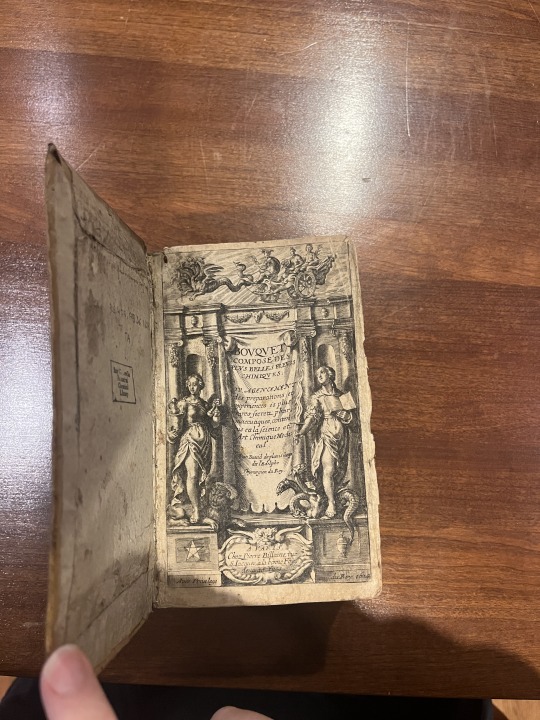
Title page Tuesday!
This elaborate engraved title page is found in our copy of Bouquet composé des plus belles fleurs chimiques (1629) by David de Planis Campy
#title page#title page tuesday#rare books#old books#engraved title page#bibliography#materia medica#botany#othmeralia
71 notes
·
View notes
Text
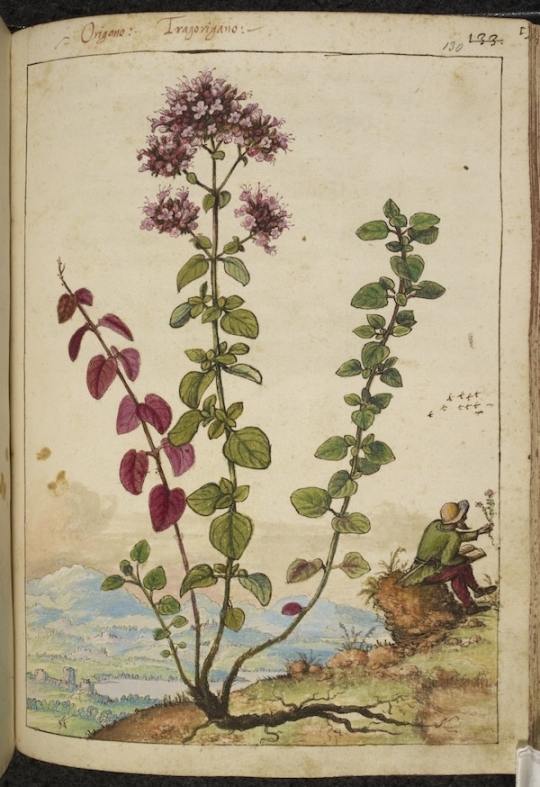
Dioskurides • Materia Medica
Ausgabe aus dem 16. Jh.
Dost • Origanum vulgare
1 note
·
View note
Video
n292_w1150 by Biodiversity Heritage Library Via Flickr: Flore médicale / Paris :Imprimerie de C.L.F. Panckoucke,1828-1832. biodiversitylibrary.org/page/9503681
#1833#Botany#Medical#Copper engraving#France#Graphic media :#Hand-colored#Herbals#Materia medica#Vegetable#Pictorial works#Plants#Missouri Botanical Garden#Peter H. Raven Library#bhl:page=9503681#dc:identifier=https://biodiversitylibrary.org/page/9503681#flickr#melon#Cucurbitaceae#botanical illustration#scientific illustration
2 notes
·
View notes
Text

Give him... teeth???
🦷 🦷 🦷
#paleontology#paleontology illustration#paleoblr#paleoart#paleomedia#paleontology art#artist on tumblr#digital artist#illustration#ibispaintx#ibispaint art#stegosaurus#stegosauria#stegosaur#stegosaur illustration#steggy#artists on tumblr#Utopian Farmer's Materia Medica
226 notes
·
View notes
Note
💌 Post 4 pictures from Pinterest that describe your OC. Send this to 3 other blogs to keep the chain going! ~ a friend
So I've had this particular message in my inbox for an actual age, waiting for the right moment to answer it. I decided to save this ask for when I had a proper, named OC, with a couple of chapters under my belt. And now I do!
Elysia Thorne from A Tale of Fools and Tricksters!




Thank you so much for the ask! I'm sorry it took so long, oh my goodness.
#🌻📔🪞#she's comparatively plain!#at least compared to the circus setting#a simple gal armed with only a materia medica#elysia thorne#a tale of fools and tricksters#asks#asks game
12 notes
·
View notes
